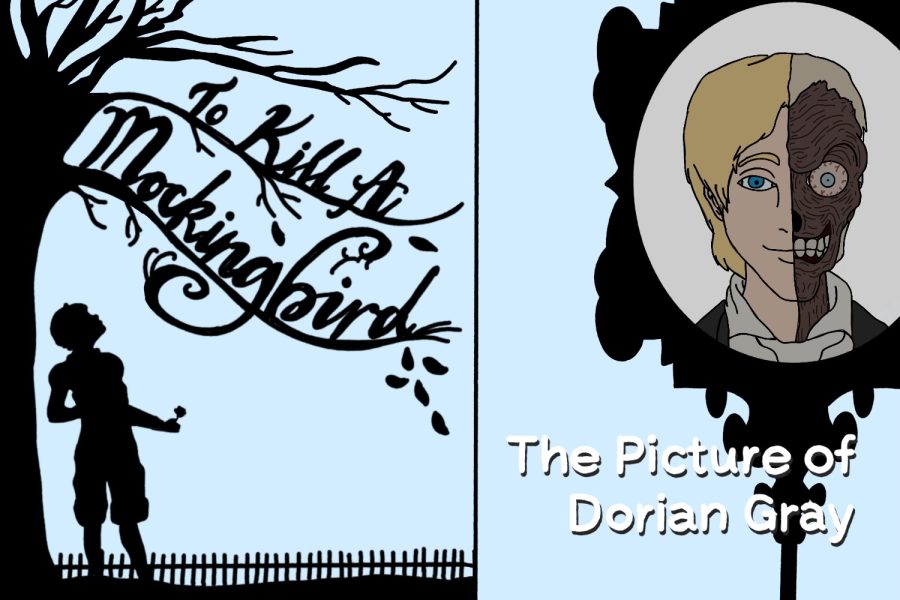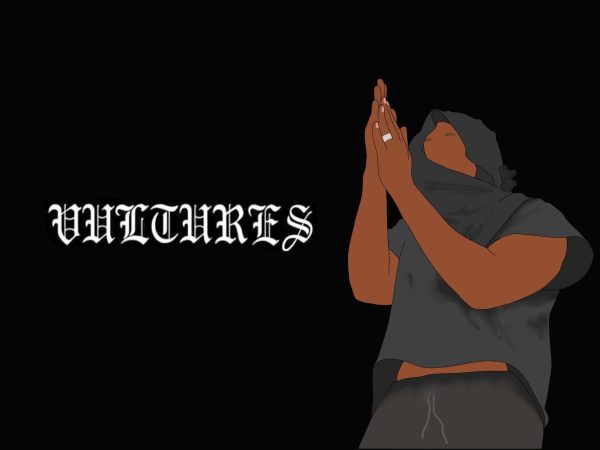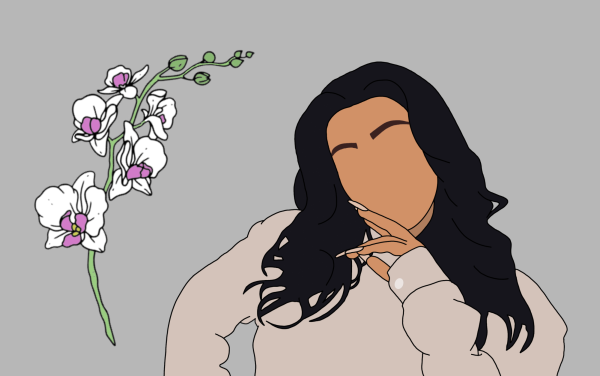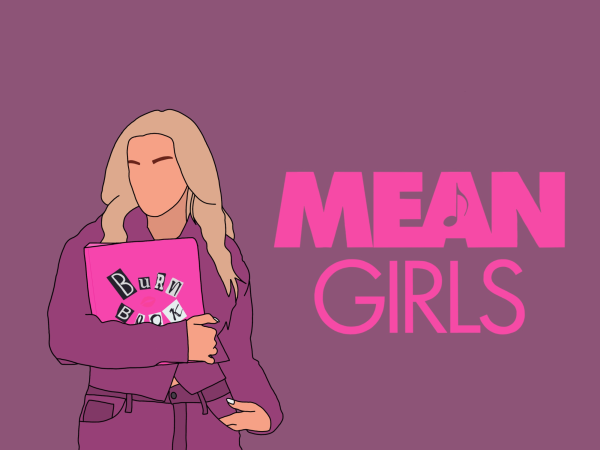Classic Literature: Reviews of “The Picture of Dorian Gray” and “To Kill a Mockingbird”
Though written in the past, these two novels share timeless themes that are beloved by many.
Jan 28, 2022
As times change, classics are often looked down upon or disregarded and it is easy to see why people would think that these books of another age are ancient and unrelated to the times we’re living in. That may be true for some novels but “The Picture of Dorian Gray” and “To Kill a Mockingbird” have kept their moving messages that continue to apply to modern society. Both have a complex history behind them which deepens the impact they have on their readers. “Read at Your Own Risk” warnings are obviously necessary, as these books suck one in and never let go.
“The Picture of Dorian Gray”
Author: Oscar Wilde
First Published: July 1890
Our Rating: A+
“The Picture of Dorian Gray” recounts the story of a young lord, well known for his immense beauty. His beauty becomes his downfall ultimately as he curses himself to a superficial life, eternally beautiful and young but at a price.
In the novel, Dorian Gray gets his picture painted by Basil Howard and upon seeing his own face, wishes that the painting would age and change in his place so that he might keep his beauty forever. Following that is a rapid fall into decadence as Dorian Gray indulges in all the pleasures that life can offer. He is rich, young and eternally beautiful therefore he is free to be whoever he wants whenever he wants. Wilde’s writing of Dorian’s actions is rather unbiased and written in a way that allows the reader to make up their own mind about the main character.
This book has a peculiar history as its impact on 19th-century society was so immense that it sent its author to prison. For the author, the book represented his life and view of himself, as the three main characters are three different versions of Oscar Wilde: one is the way he sees himself, the next is how society sees him and Dorian Gray himself is what Wilde wished to be like.
With classics, sometimes the plot is very slow-paced and it’s easy to get bored and never finish it, but this book [“The Picture of Dorian Gray”] had excellent pacing and I was constantly engaged,
— sophomore Anabella Rodriguez
This book shows the reader the harsh downsides of total devotion to art and beauty through the main character. It also contains some themes which were an essential part of Wilde’s heritage but shunned by society at the time of its publication: that of homosexuality in particular. As a matter of fact, “The Picture of Dorian Gray” was a notoriously banned book for a period of time due to its message and themes.
“I think Wilde’s style was very beautiful. The book was full of imagery and poetic lines that made it such an enjoyable read,” sophomore Anabella Rodriguez said.
The novel, though revolutionary in its own way, is also quite misogynistic as can be expected from a novel of that time period. The take on women’s roles and characters is demeaning and negative. “The Picture of Dorian Gray” is a story of men and Wilde makes that very clear over and over again through the book.
Despite this flaw, “The Picture of Dorian Gray” is a novel that leaves a lasting impression on the reader as it raises several existential questions through the main character’s choices. What’s more, this book is very well written and beautiful to read, entrapping the reader in its plot and never letting them go.
“To Kill a Mockingbird”
Author: Harper Lee
First Published: July 1960
Our Rating: A+
Set during the 1930s in the small Southern town of Maycomb, Alabama, “To Kill a Mockingbird” tells the story of Tom Robinson, a black man accused of raping a white woman, and his deeply unfair trial. It examines the systemic racism of the American South through the eyes of a young girl named Scout, whose father defends Tom Robinson in court despite the intense prejudice of the town towards black people.
This book is widely taught at many schools across the country today for good reason. Harper Lee’s brilliant writing poignantly portrays the immense hatred and violence that black people faced. Her choice to have a child narrate the events that happen in the story is also genius: Scout’s loss of innocence over the course of the novel plays a major role in the plot. As she observes the events of the trial, she slowly comes to terms with the fact that the world is full of ignorance and hate. The novel powerfully reflects that racial injustice reduces someone’s identity to something as superficial as skin color.
“I think this book was easy to read while also being intriguing and thought-provoking. It greatly impacted me when I first read it, and it’s truly a golden work of its time”, sophomore Steffi Sarmiento – Mena said.
Not only is the book’s power reflected through its themes, there is also heavy symbolism showcased throughout the novel. For instance, Tom Robinson and Boo Radley represent mockingbirds because they are innocent and kind people. Thus, their persecution at the hands of the malevolent members of the town is similar to the killing of a mockingbird, which is a harmless, unproblematic animal. Finally, the novel’s storytelling is engaging and keeps the reader hooked. Lee ties all the loose ends of the first part of the story together to create a great ending.
The novel is a revolutionary, nuanced take on the horrors of racism that is just as important today as when it was first published. Black people still face significant racial injustice in society today, mainly in the form of police brutality and a flawed criminal justice system. To Kill a Mockingbird’s message is simple: racism is a horrible combination of ignorance and fear, and truly good people stand up for what’s right even when it is dangerous or inconvenient.
These novels are timeless masterpieces that should not be dismissed merely because they were written a long time ago. Rather, these books and other great classics of their kind have something for everyone to enjoy. Indeed, generations young and old can resonate with their messages and see themselves in the characters, making these works must-reads.


























